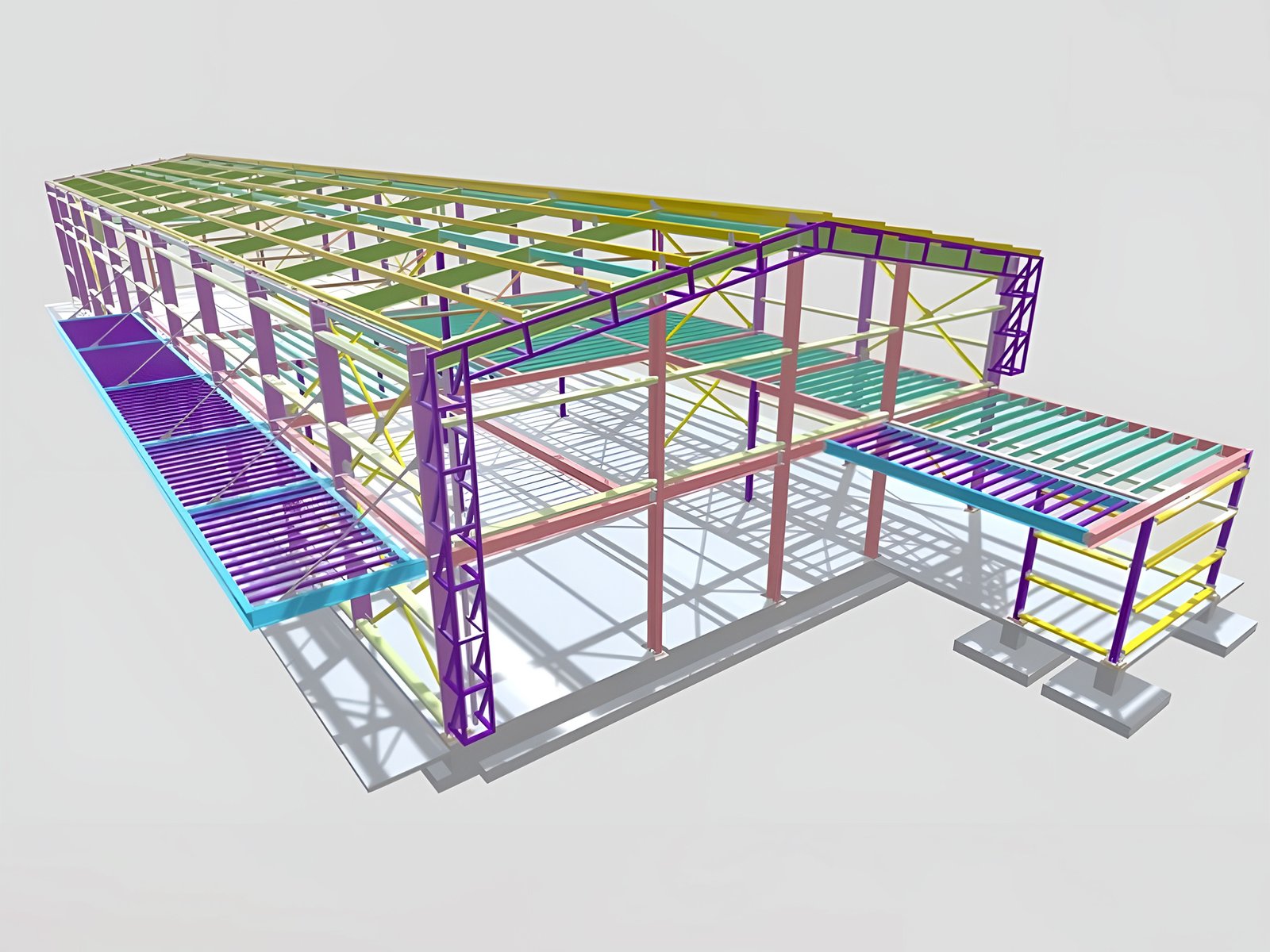
The Importance of Structural Design in Safe and Sustainable Construction
Understanding Structural Design Principles
Structural design is a critical aspect of engineering that ensures the safety and durability of buildings and infrastructure. To comprehend the significance of structural design, it is essential to explore its key principles, which include load distribution, material selection, and various design methodologies. These fundamentals form the backbone of safe construction practices.
First, load distribution refers to the manner in which loads, such as weight from the building materials, occupants, and environmental factors, are transferred through various structural components. Understanding how loads are distributed helps engineers create designs that can withstand forces without compromising integrity. This knowledge is instrumental in preventing structural failures, which can lead to significant safety hazards.
Secondly, material selection is another vital principle of structural design. Engineers must choose appropriate materials based on their strength, durability, and structural properties. Selecting the right materials ensures that the design can adequately support anticipated loads while also considering factors such as environmental impacts, cost-efficiency, and longevity. Advanced materials, such as reinforced concrete and steel, often play an integral role in modern structural design, offering enhanced performance in various applications.
Lastly, design methodologies encompass the approaches and techniques used in formulating structural designs. Factors such as building codes, safety regulations, and innovative design practices must be taken into account. Engineers often employ computer-aided design (CAD) tools and structural analysis software to visualize and evaluate the performance of their designs under various load conditions. This integration of technology in structural design enhances safety and sustainability, ensuring that constructions can endure the tests of time and nature.
Understanding these principles is crucial for appreciating the role of structural design in fostering safe, sustainable construction. The foundational elements of load distribution, material selection, and design methodologies collectively contribute to the integrity of structures, thereby playing a pivotal part in civil engineering practices.
Ensuring Safety and Stability in Construction

The significance of effective structural design cannot be overstated when it comes to ensuring safety and stability in construction projects. At the heart of this discipline lies the necessity to adhere to stringent safety standards and regulations, which serve as benchmarks to protect human life and property from potential hazards. Engineers are tasked with evaluating a myriad of risks associated with a construction project, which may include the assessment of seismic activities, wind loads, and other environmental forces that pose a threat to structural integrity.
One of the fundamental approaches to achieving safety in structural design involves the application of robust design strategies. These strategies enable engineers to create structures that are resilient against unforeseen forces. For instance, in earthquake-prone regions, buildings are often designed with flexible materials and innovative frameworks that allow them to absorb seismic energy, thereby preventing catastrophic failures. Similarly, wind-resistant designs are crucial for tall buildings, employing aerodynamic shapes and reinforced materials to maintain stability amidst strong winds.
Real-world examples highlight the critical role of structural design in maintaining safety. The construction of the Burj Khalifa in Dubai epitomizes this concept, as its unique structural system not only supports its staggering height but also enables it to withstand high winds. Another illustrative case is the Taipei 101, which features a massive tuned mass damper—an ingenious device that enhances stability during earthquakes and typhoons. These case studies underscore the necessity of meticulous structural planning and design in safeguarding against natural disasters.
Overall, the role of structural design in ensuring safety and stability is paramount. By following established regulations and utilizing innovative design techniques, engineers can develop structures that not only meet functional requirements but also promote the safety of occupants and the longevity of the buildings themselves. The advancement and adherence to effective structural design mitigate risks and enhance the overall resilience of constructed environments.
Enhancing Efficiency Through Innovative Design Techniques
In the realm of modern construction, innovative structural design techniques have emerged as a pivotal element in enhancing efficiency. The integration of advanced technology into the architectural and engineering disciplines has resulted in significant improvements in project execution timelines and overall cost-effectiveness. Modern software modeling, for instance, allows architects and engineers to simulate various structural scenarios. This simulation capability enables teams to identify potential issues before physical construction begins, thereby mitigating risks associated with unforeseen obstacles.
One of the prominent methods reshaping the construction landscape is prefabrication. By fabricating components in controlled environments, construction teams reduce on-site labor and material waste. Prefabricated elements can be assembled quickly, leading to streamlined construction processes. A case study involving a hospital project illustrates this advantage well; by using prefabrication for key structural components, the project was completed 20% faster than traditional methods while remaining within budget. Such innovative approaches not only accelerate construction timelines but also enhance the overall quality of the final structure.
Moreover, the embrace of Building Information Modeling (BIM) has further revolutionized structural design. BIM allows for comprehensive visualization of the entire construction project, providing stakeholders with the ability to assess the integrity and functionality of the proposed structures. Through collaborative design efforts, engineers can innovate solutions that enhance both safety and stability, ensuring that the building meets structural integrity standards while also addressing aesthetic considerations.
Ultimately, the convergence of innovative structural design techniques with modern technology is transforming the construction industry. By streamlining processes and increasing efficiency, these advancements contribute to the realization of safe and sustainable construction practices. They highlight the crucial role of structural design in achieving not only functional objectives but also cost efficiency and timely project delivery.
Material Sustainability in Structural Design
In the realm of structural design, material choice plays a pivotal role in achieving both sustainability and structural integrity. Selecting sustainable materials has become increasingly critical, as it not only supports environmental conservation but also significantly influences the performance and durability of the structure. Sustainable materials, such as recycled steel, bamboo, and reclaimed wood, provide a viable alternative to traditional materials that often have substantial ecological footprints.
One essential approach to assessing material sustainability in structural design is lifecycle assessment (LCA). This process evaluates the environmental impacts associated with a material throughout its entire lifecycle, from extraction and processing to use and eventual disposal. By adopting LCA, architects and engineers can better understand the implications of their material choices and opt for those that minimize negative environmental effects. For instance, materials that are locally sourced can reduce transportation emissions, while those requiring less energy during production can significantly lower carbon footprints.
Additionally, various green building certifications, such as LEED (Leadership in Energy and Environmental Design) and BREEAM (Building Research Establishment Environmental Assessment Method), underscore the importance of material sustainability. These certifications provide frameworks to evaluate the environmental performance of construction projects. Structures designed with sustainable materials often score higher on these assessments, showcasing their commitment to environmental stewardship. In turn, this can lead to lower operational costs, enhanced occupant satisfaction, and increased property value, establishing a correlation between effective structural design and long-term sustainability.
Ultimately, the integration of sustainable materials within structural design processes contributes to environmental preservation while enhancing the overall efficacy and resilience of the built environment.
